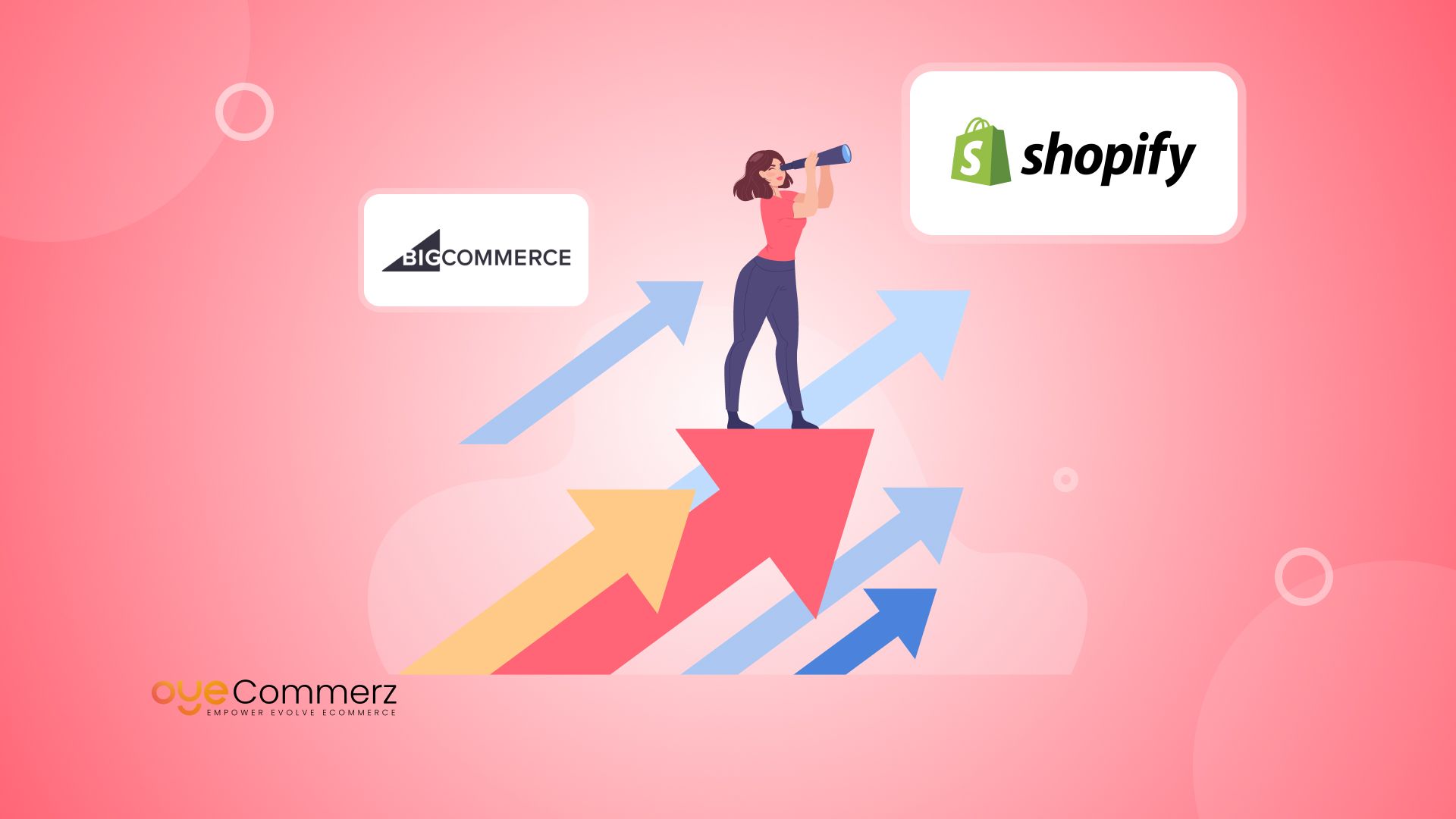Seamless WordPress to Shopify Migration: A Comprehensive Roadmap for E-commerce Growth
Seamless WordPress to Shopify Migration: A Comprehensive Roadmap for E-commerce Growth
Blog Article
Transitioning from WP to Shopify marks an exciting step in optimizing your online store operations. As businesses expand, choosing a solution that aligns with growth potential, user experience, and flexibility becomes crucial. Shopify has emerged as a preferred choice for online merchants, offering superior adaptability, security, and user-friendliness. In this guide, we will delve into why this migration is a game-changer, discuss the advantages, and share actionable steps to ensure a seamless transition.
1. Top Reasons to Transition from WP to Shopify
The combination of WordPress and WooCommerce, continues to support countless e-commerce platforms. Nevertheless, as businesses expand, challenges like reliance on plugins, data risks, and complex setups can hinder growth. Shopify, designed explicitly for digital retail, eliminates these issues with an all-in-one, user-friendly solution. Statistics back this shift—Shopify powers over 4.4 million stores globally, with a documented 10% increase in sales performance for many businesses post-switch.
2. Key Benefits of Shopify for E-commerce Success
Shopify’s robust ecosystem caters for expanding businesses. Its notable benefits are:
- Seamless Customization: Shopify provides over 80 professionally designed themes.
- Integrated Tools: Features like Shopify Payments and integrated SEO save time and effort.
- International Expansion: Multi-currency support and localization features enable businesses to reach global markets.
Additionally, Shopify delivers an availability percentage of 99.98%, guaranteeing your website remains accessible.
3. Preparing for WordPress to Shopify Migration
Before migrating, assess your current store. Analyze inventory details, customer details, and search engine rankings. Resources such as Shopify’s Migration Kit or external tools can simplify this process. Develop a detailed strategy, ensuring all resources—product descriptions, media files, and blog content—are optimized for transfer.
4. The Importance of Accurate Data Migration
Transferring your data is a cornerstone of a successful transition. When moving from WP to Shopify, focus on:
- Inventory Details: SKU, descriptions, and categories.
- Client Information: Emails, order history, and preferences.
- SEO Optimization: Preserve meta tags, URLs, and forwarding paths to avoid SEO losses.
Use apps like LitExtension to facilitate seamless migration while reducing mistakes.
5. Customizing Your Shopify Store
Post-migration, customizing your Shopify store ensures it aligns with your brand. Take advantage of Shopify’s intuitive page builder to design pages effortlessly. Shopify's templates are optimized for all devices, providing a seamless UX across devices—a critical factor, since 74% of online shopping is Shopify migration case study generated by mobile users.
6. How to Protect Your SEO Rankings When Switching Platforms
Search engine optimization is crucial for preserving your visibility during migration. Shopify is highly optimized for search engines with organized link formatting, built-in optimization tools, and seamless blog integration. Make sure you:
- Set up URL forwarding for existing links.
- Optimize new pages with keyword-rich content.
- Use Shopify's apps Plug in SEO to track analytics after the switch.
7. Essential Tests After Migrating E-commerce platform migration to Shopify
Once the migration is complete, run detailed checks.
Review: - Website speed (Shopify boasts faster speeds in contrast with WP).
- Functionality of payment gateways and transaction flow.
- Adaptability across devices.
Quality assurance ensures your store delivers a smooth shopping journey from the start.
8. Case Study of a Successful Migration
One such migration success story is Gymshark, a fitness apparel brand that transitioned to Shopify. Post-migration, the company saw a 60% boost in mobile sales and reduced site downtime. This highlights the capabilities of Shopify in driving online business success.
9. Overcoming Common Migration Issues
Migration comes with challenges, such as data integrity and adjusting tailored features. However, Shopify’s robust support and third-party experts make overcoming these hurdles manageable. Partnering with qualified Shopify developers helps guarantee a trouble-free transition.
10. Starting Your Journey with Shopify
Migrating from WP to Shopify represents a strategic approach to online retail. By focusing on growth, simplifying management, and improving buyer satisfaction, Shopify empowers businesses to succeed in challenging industries.
Final Thoughts
Transitioning from WordPress to Shopify offers a smart solution that can significantly boost your online business performance. With a robust migration plan, the right tools, and professional guidance, you can unlock new growth opportunities.
Excited to start the journey? Reach out today to learn how our Shopify migration services can transform your e-commerce platform. Contact us now, or ask yourself: Can your business afford to miss out on Shopify’s growth potential?
 Report this page
Report this page